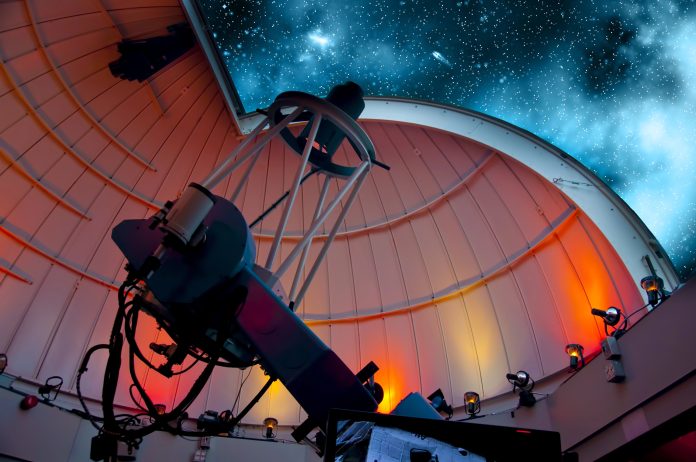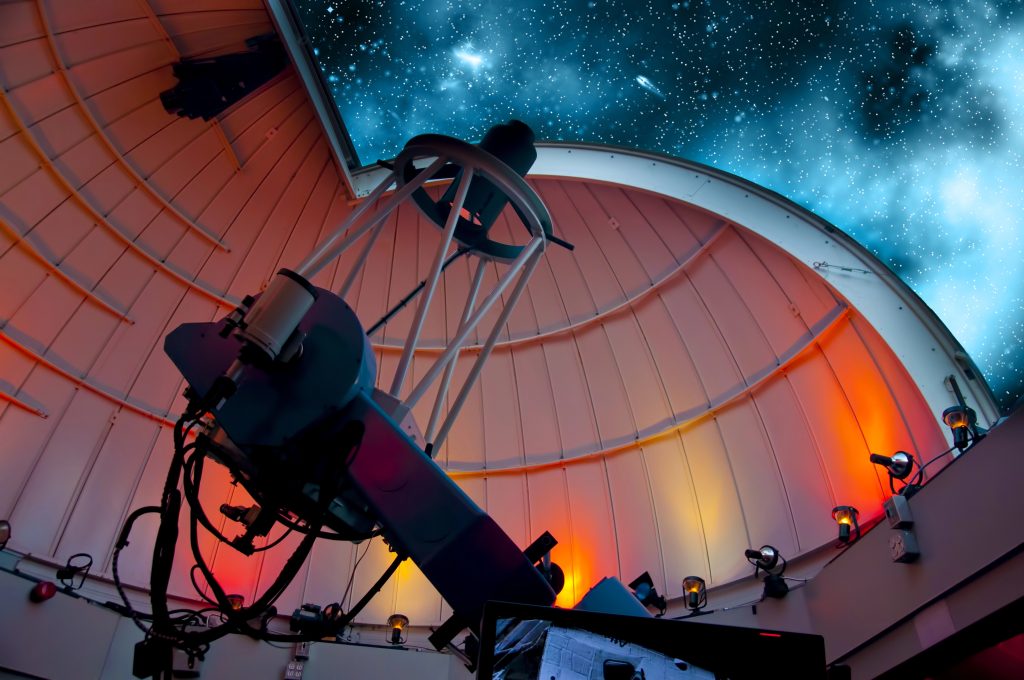
Did everything space, time, matter, and energy once occupy a single infinitesimal point? The Big Bang would have it so, but the path from that singularity to our current universe is a narrative interwoven of theory, observation, and the ceaseless ingenuity of contemporary science.
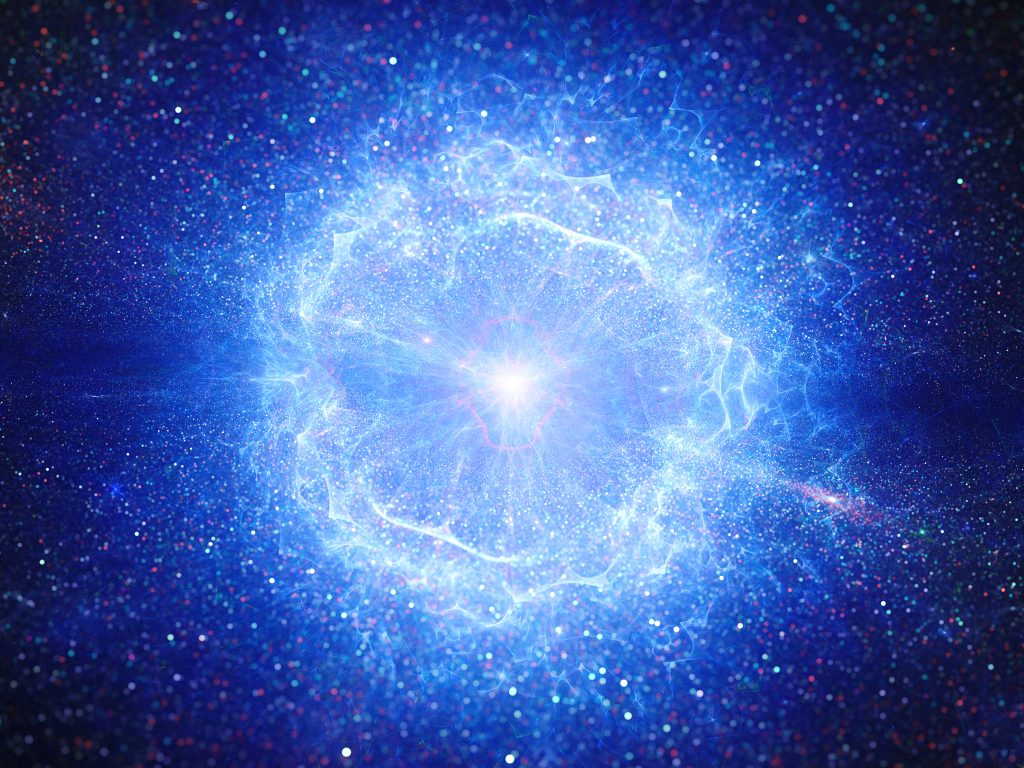
1. The Planck Epoch and the Search for Quantum Gravity
The universe’s initial moment, the Planck epoch, remains a mystery. Within this incredibly short time frame, less than 10-43 seconds after the Big Bang, the universe was so hot and dense that our finest physics now are not adequate to the task. Space and time itself become meaningless at this scale, and only a theory of gravity based upon quantum mechanics would suffice to describe what occurred.

For, as Sten Odenwald accurately states, “Only a fully quantum mechanical explanation of gravity one we don’t yet have will let us delve deeper into this corner of cosmic history” the Planck era. Two of the leading theories vie to explain these earliest instants: string theory, which explains fundamental particles as vibrating strings in an over-three-dimensional universe, and loop quantum gravity, which assumes spacetime itself to be made of individual loops, a “polymer-like Planck scale discreteness” loop quantum gravity. Both are highly mathematical but neither has yet been experimentally confirmed.
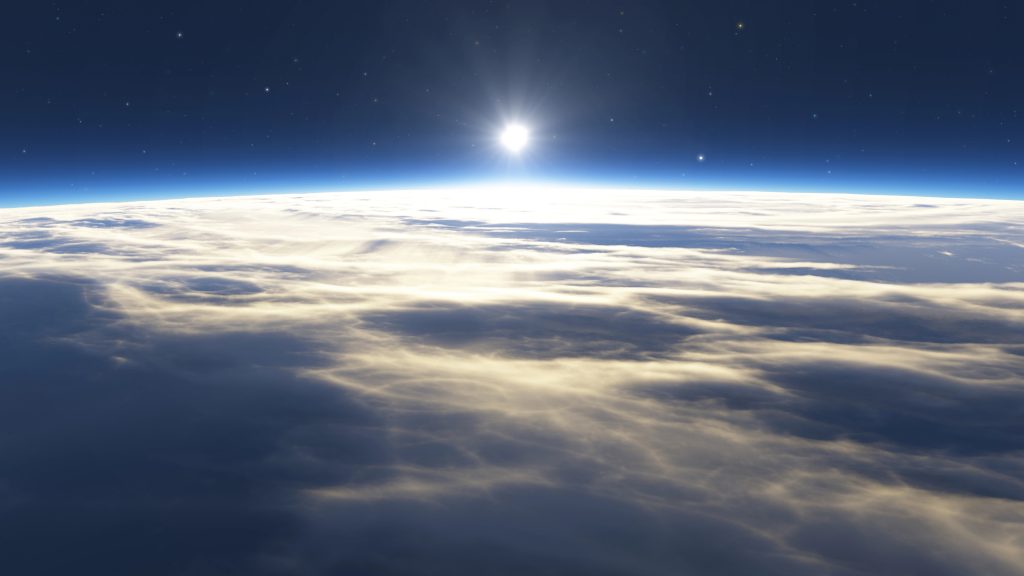
2. Force Symmetry Breaking and Cosmic Inflation
Once the universe expanded past the Planck epoch, the universe entered the stages of Grand Unification and Inflation. The four forces of gravity, strong nuclear, weak nuclear, and electromagnetic began to decouple at this point. It was referred to as symmetry breaking and established the platform for everything that ensued. Approximately 10-36 seconds after the Big Bang, a chaotic era known as cosmic inflation occurred. The universe expanded exponentially, its sizes by a factor of at least 1026 in less than one second Timeline of the Big Bang.

The inflationary burst is responsible for why the universe is homogeneous and isotropic at large scales, but quantum fluctuations at this scale seeded the galaxy distribution. “Inflation made the universe very rapidly become much bigger.”. Before inflation, the universe was still under a regime known as the GUT era where forces of nature began unification, Planck era is explained by Odenwald: Imagining our baby universe.

3. The First Particles and the Cosmic Dawn
Within microseconds, the universe cooled to a stage where quarks, electrons, and neutrinos clumped together. Protons and neutrons formed and ultimately atomic nuclei through a period known as nucleosynthesis. Before the universe was just a few minutes old, the universe had produced the primordial elements: hydrogen, helium, and traces of lithium. The universe still had heat, opaque plasma for hundreds of thousands of years and was not photon-free. It wasn’t until roughly 370,000 years later that neutral hydrogen atoms dominated, and the universe was transparent and emitted a flash of photons the cosmic microwave background (CMB).
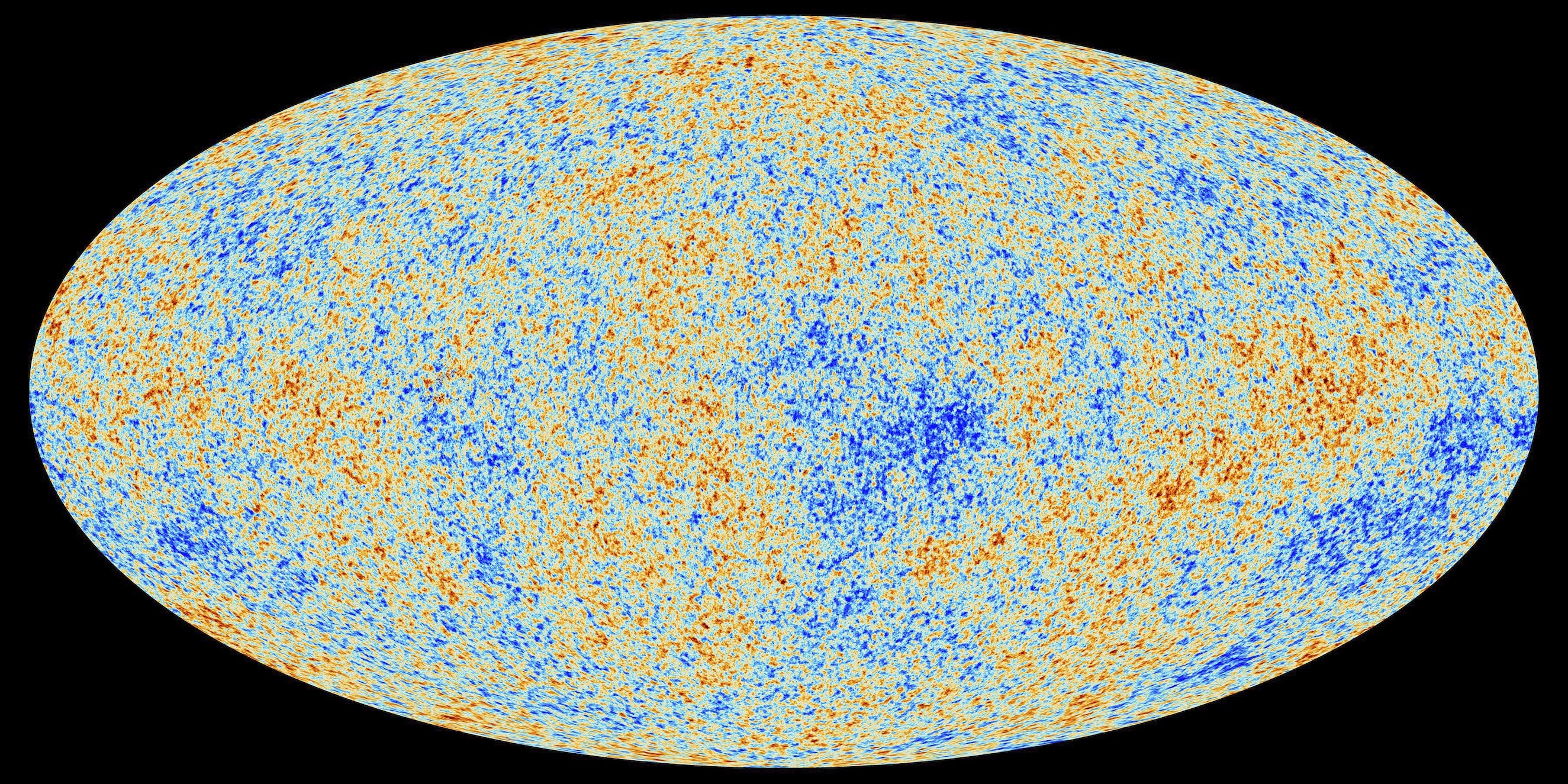
4. The Cosmic Microwave and Neutrino Backgrounds: Fossil Light and Ghostly Messengers
The CMB is the universe’s leftover light, redshifted into microwaves by cosmic expansion. WMAP and the satellite high-precision measurements of Planck mapped minuscule temperature variations in the CMB, giving us a glimpse of the early life of the universe. “Photons released in that flash endured today, optical shadows of the Big Bang shifted red into the microwave spectrum today’s cosmic microwave background,” it is written by the lead article. Neutrinos, extremely light particles that barely interact with matter, also defected from the original plasma in the first second and left a cosmic neutrino background. Invisible except to experiments such as IceCube and Super-Kamiokande, which are mapping out such a background, providing us with new information about the early universe Incomplete tapestry of the three neutrino paradigm.

5. Observational Tools: JWST, Roman, and the New Cosmic Age of Discovery
To peer further into the past, there are powerful telescopes used by astronomers. The James Webb Space Telescope (JWST) has revolutionized the science with its ultracold infrared detectors and massive sunshield, which enables it to look at galaxies formed a mere 300 million years after the Big Bang. “Thanks, Webb it’s a $10 billion difference,” gushed Susan Kassin, emphasizing JWST’s ability to look at the most distant, most distant objects JWST’s viewpoint. JWST has also discovered galaxies with redshifts exceeding 14, such as JADES-GS-z14-0, caught looking as if when the universe was merely 2% of today’s age. These findings contradict existing galaxy formation models and pose new questions for star formation efficiency, dust chemistry, and supermassive black hole origin.

6. The Next Generation: Nancy Grace Roman and Beyond
The Nancy Grace Roman Space Telescope, arriving soon in the future, will further transform our view. Having at least 100 times wider field of view than Hubble and added spectroscopic capability, Roman will map thousands of faraway galaxies with high redshift, tracing cosmic structure formation and star birth history over billions of years Roman’s broad field promise. As Russell Ryan explained, “Right now, with telescopes such as Hubble we can sample tens of high-redshift galaxies. With Roman, we’ll be able to sample thousands.” Combined, JWST and other telescopes, such as Euclid and the Vera Rubin Observatory, and Roman will allow astronomers to connect imaging and spectroscopy, revealing the mysteries of the cosmic web and galaxy evolution history.

7. Testing Inflation: Gravitational Waves and Non-Gaussianity
New cosmology goes beyond describing, to actually testing, the inflationary picture. The CMB leaves behind residual signatures of primordial gravitational waves tensor modes that are direct tests for inflation if detected. Upcoming experiments like LiteBIRD and CMB-S4 will be on the lookout for these faint signatures. Conversely, multi-field models of inflation predict very different signatures of non-Gaussianity in the CMB and give a second method of discriminating between theory Mechanisms and observation tests of cosmic inflation. For Alan Guth, “The multiverse hypothesis is a very speculative idea, but it is one that has the potential to explain many features of our universe.”
The constant intersection of theoretical refinement and observational power is redefining cosmology as vague speculation and at precision science. Each new discovery brings us nearer to the final question: how was the universe created and what does its earliest light still reveal to us?
